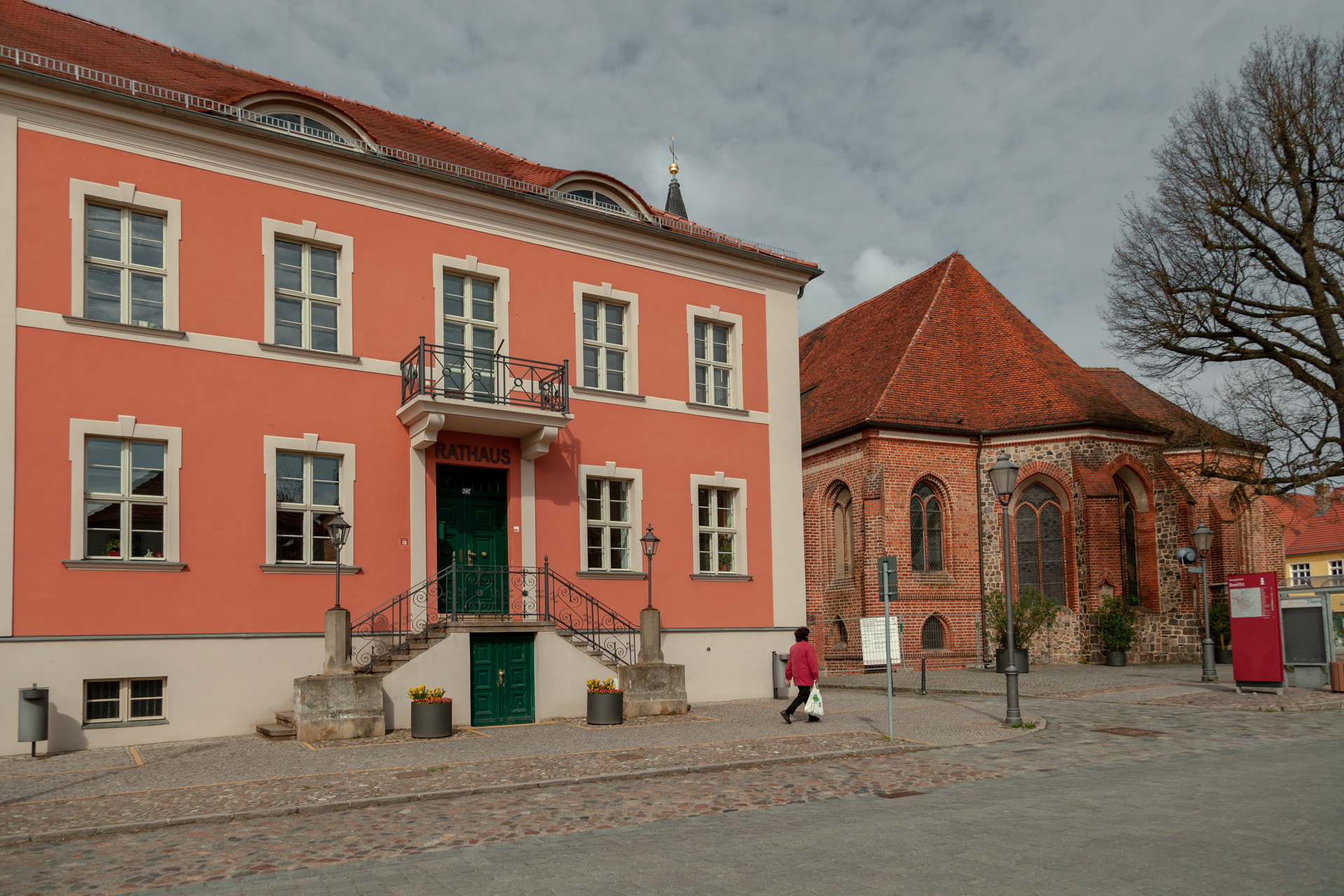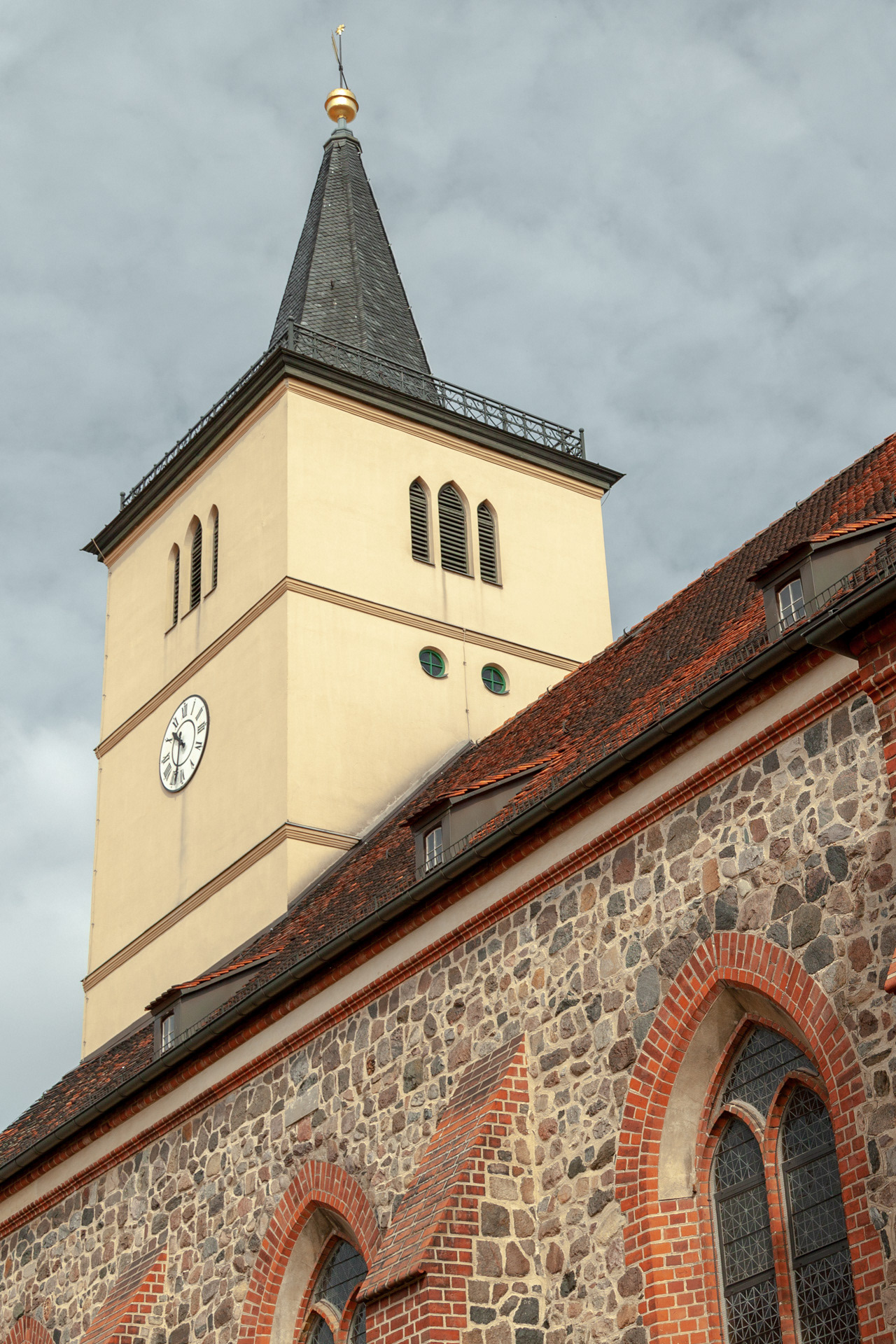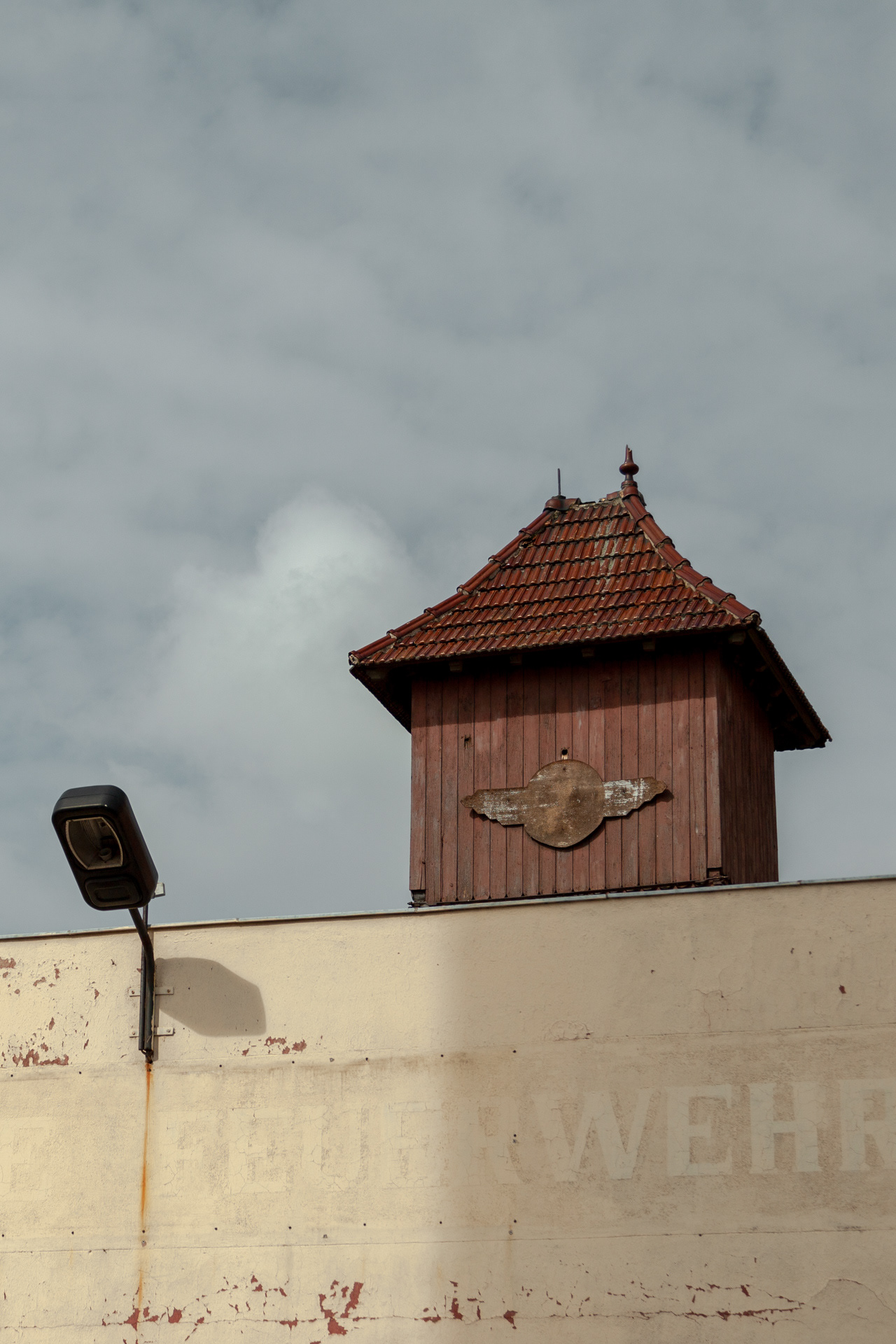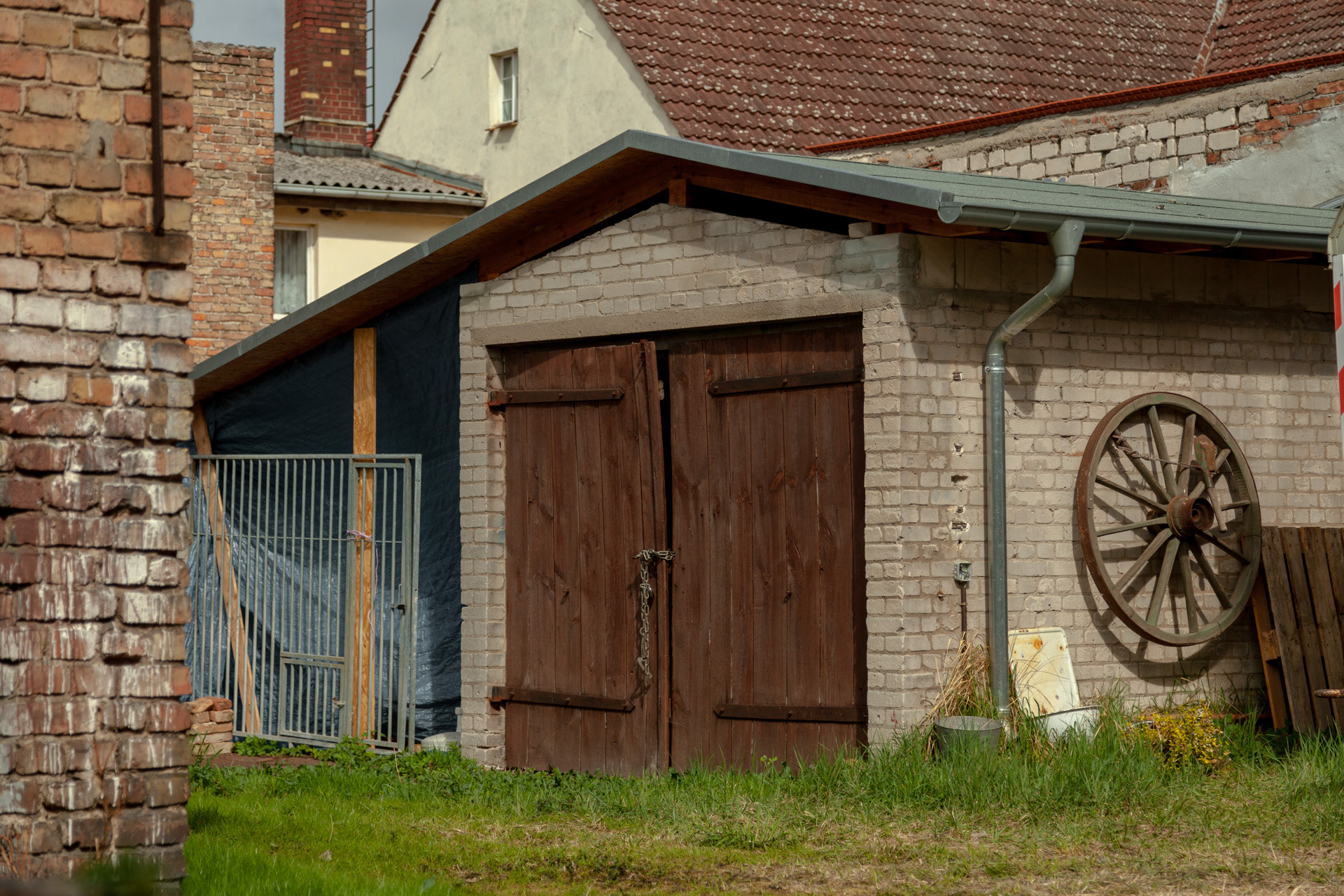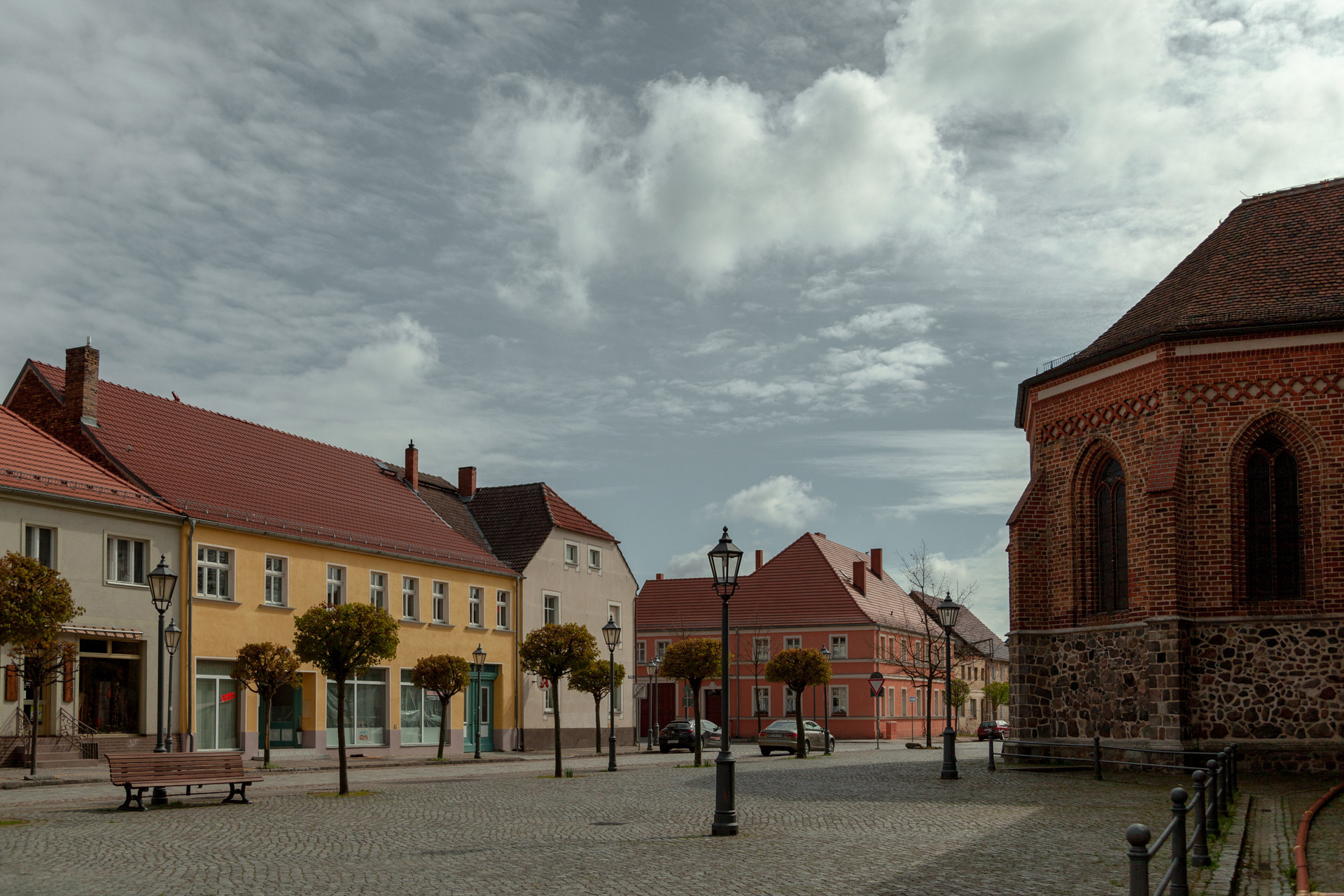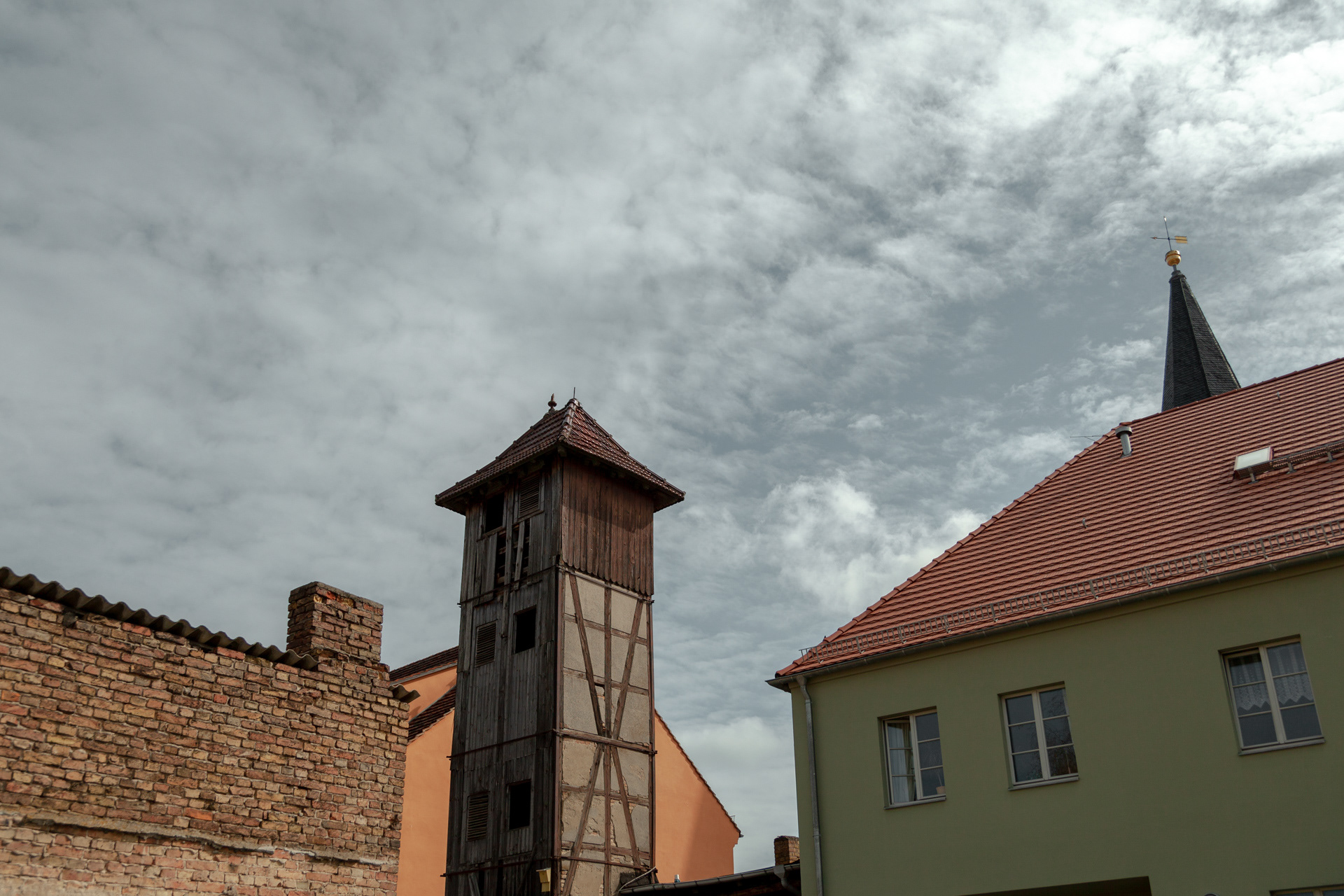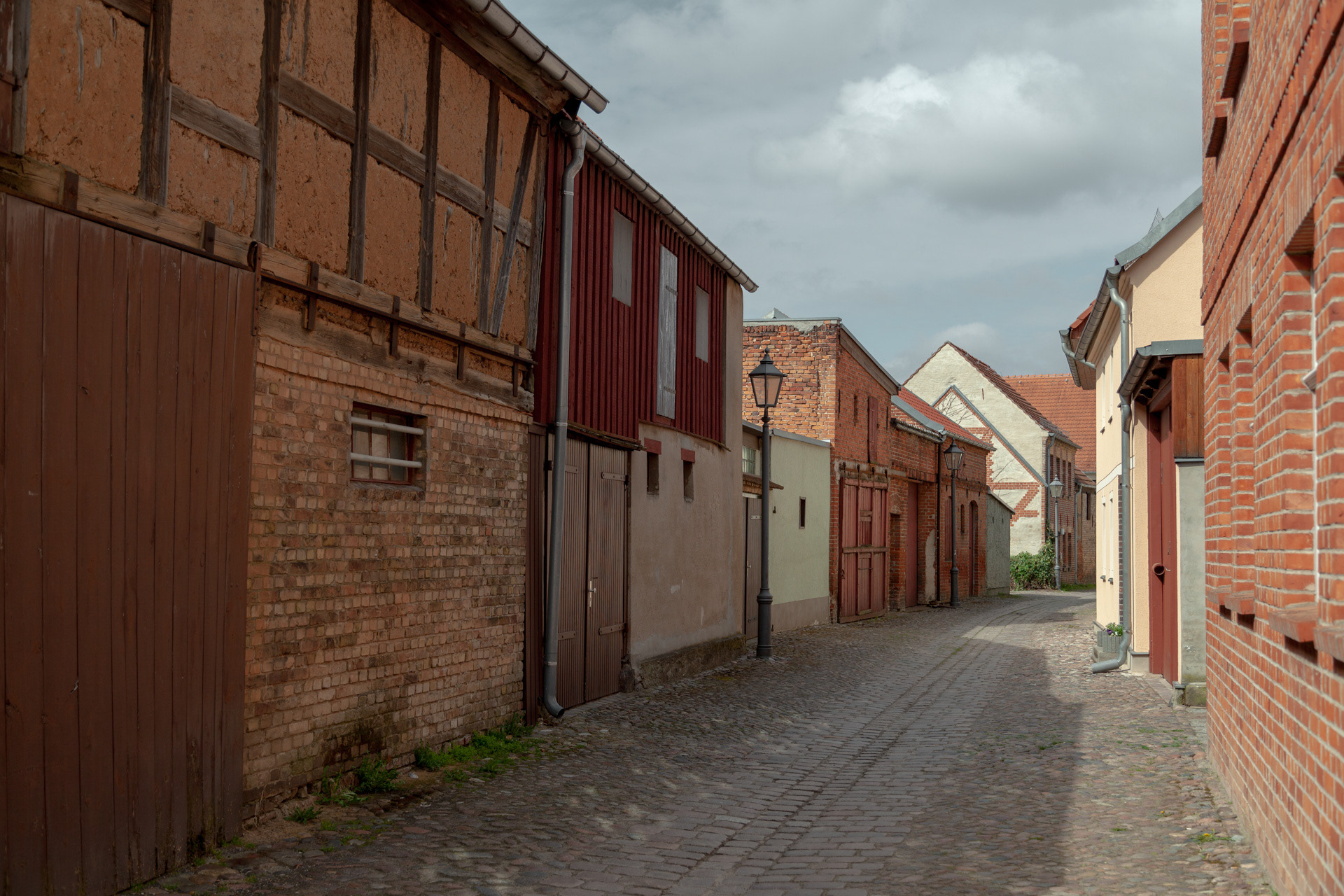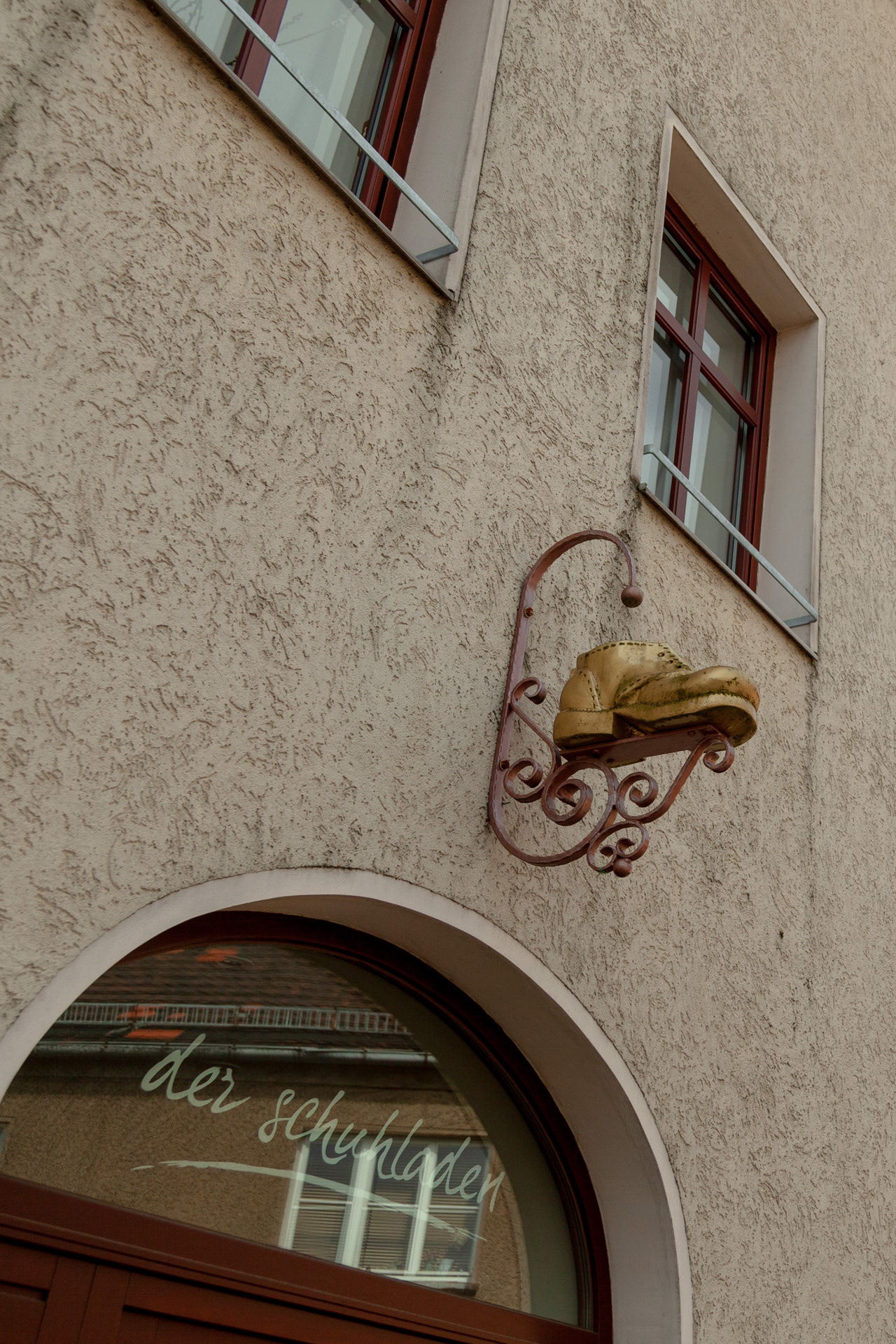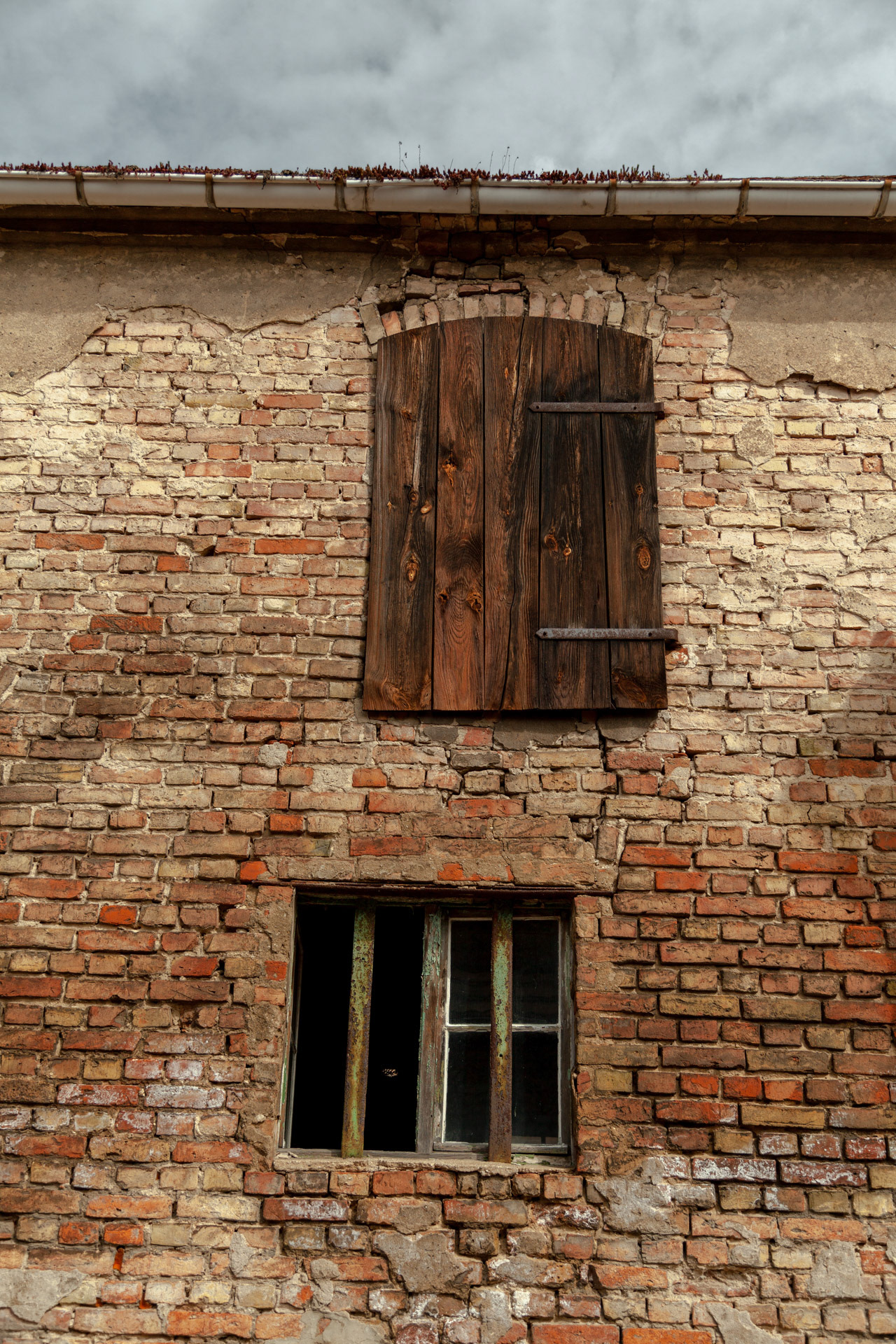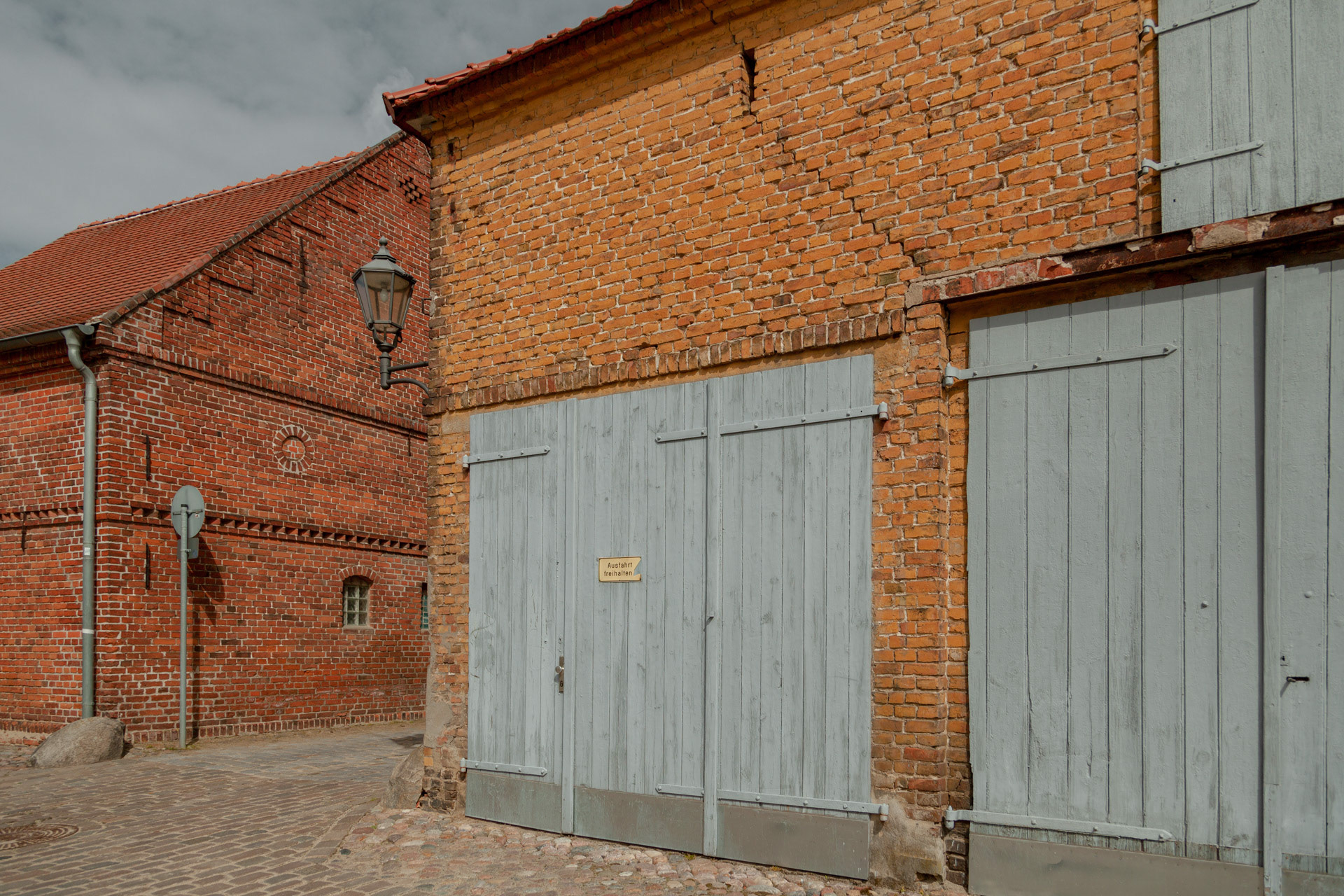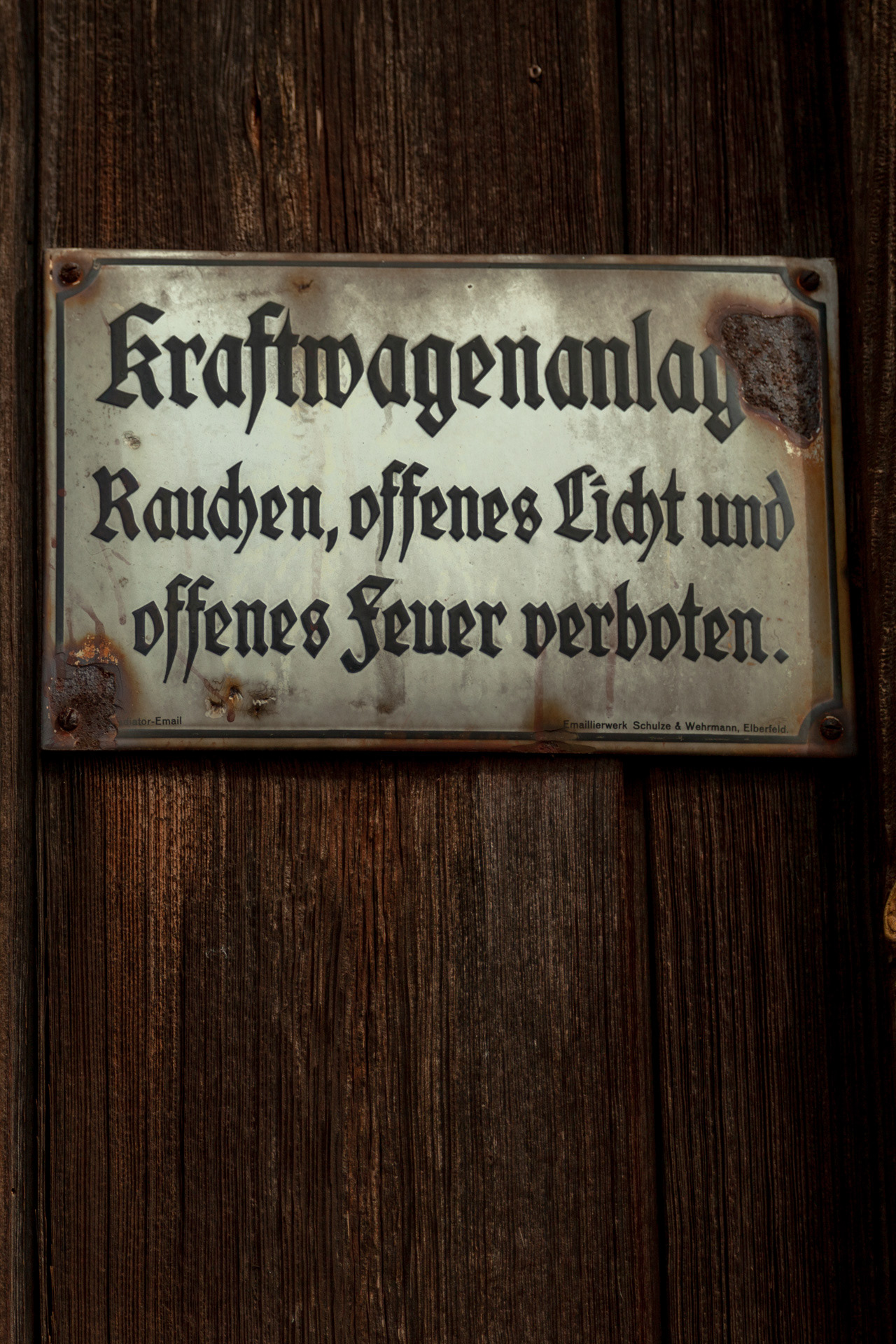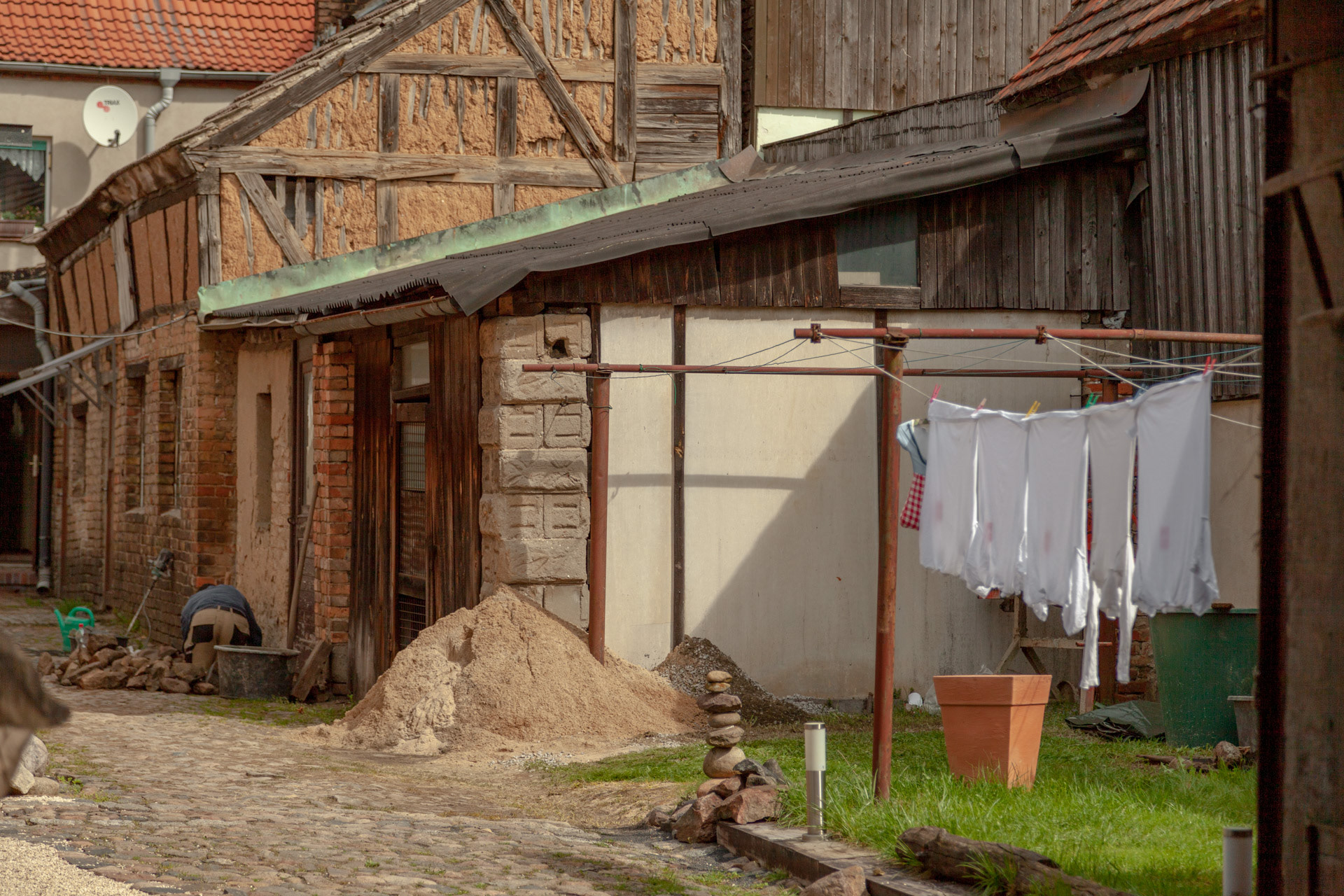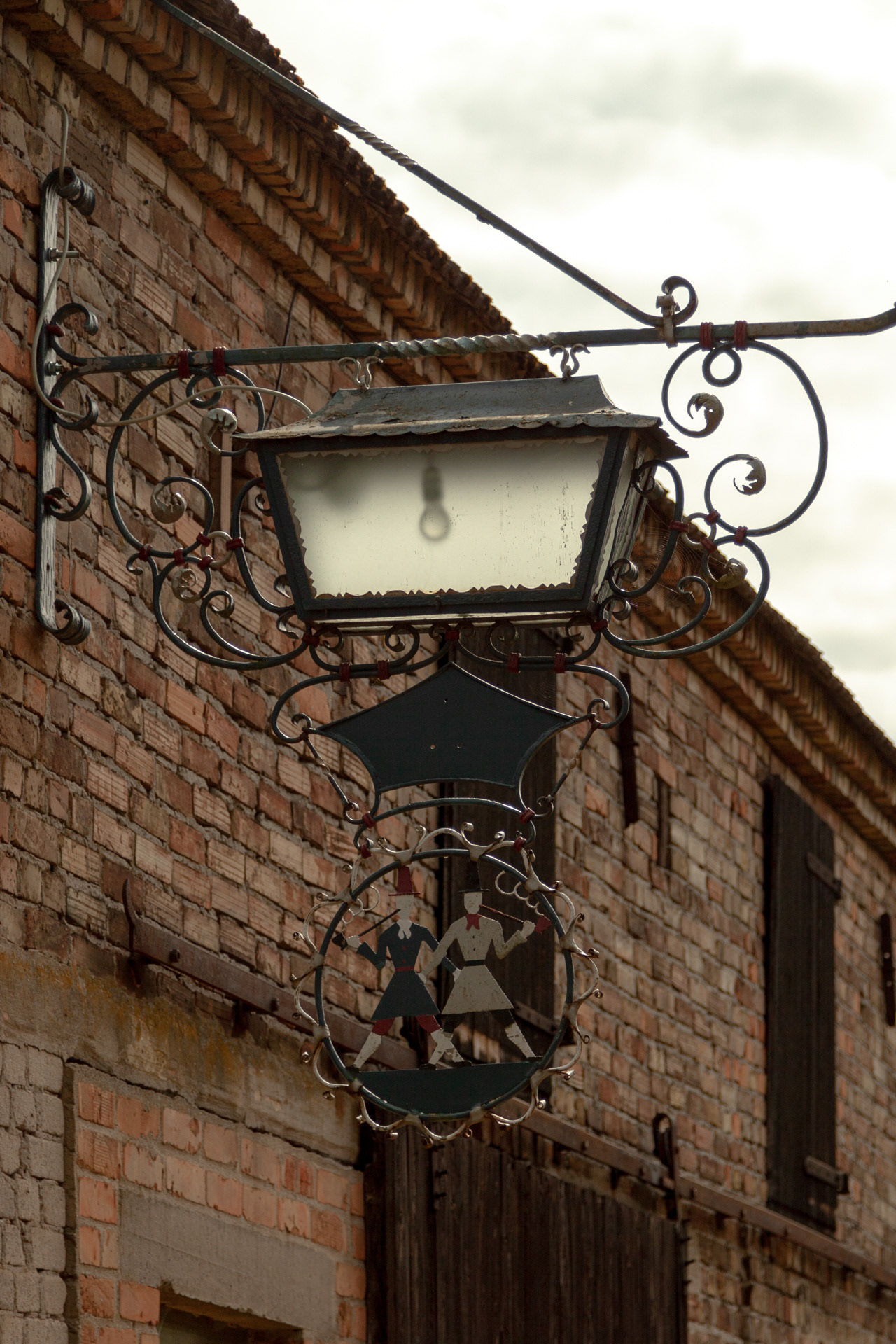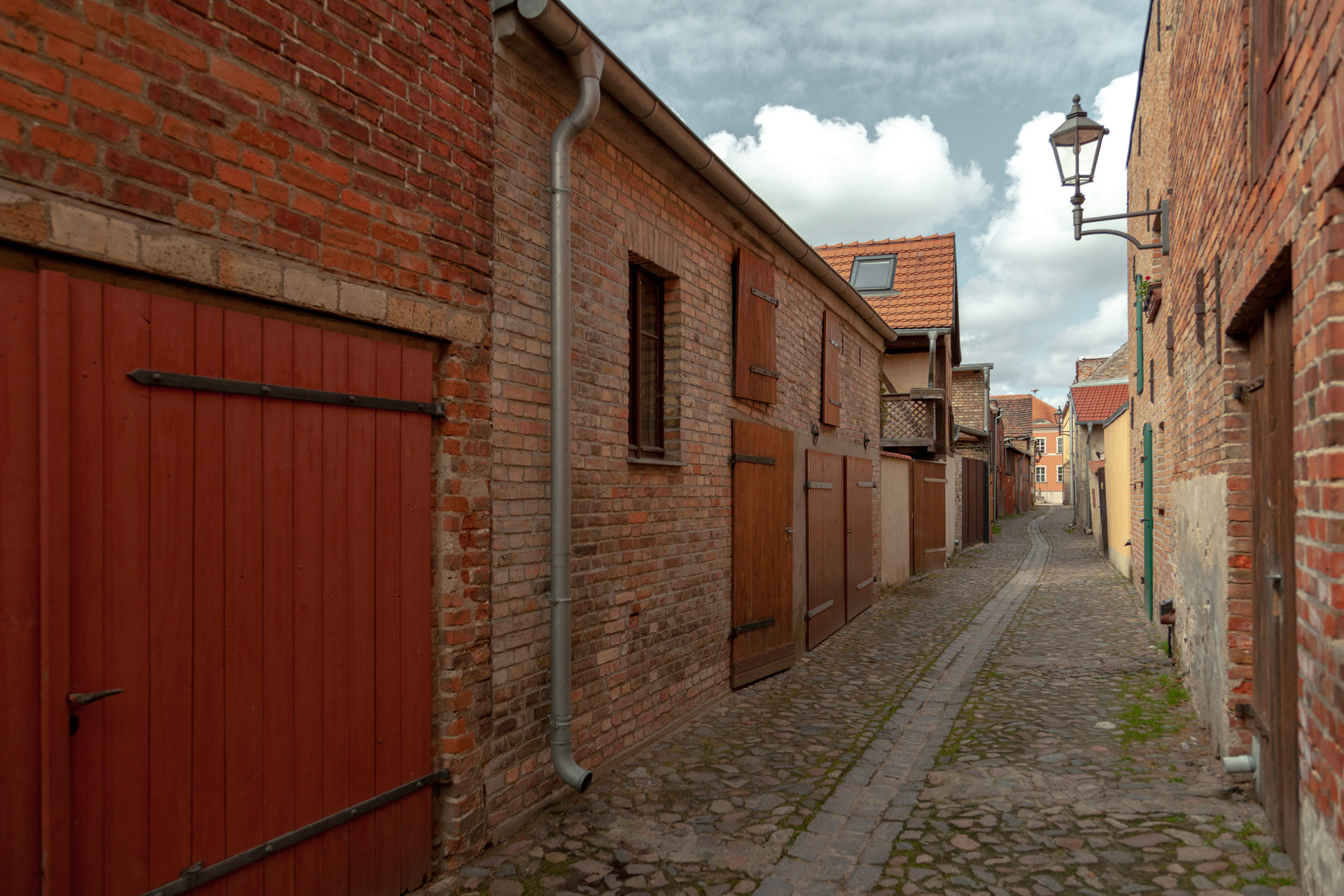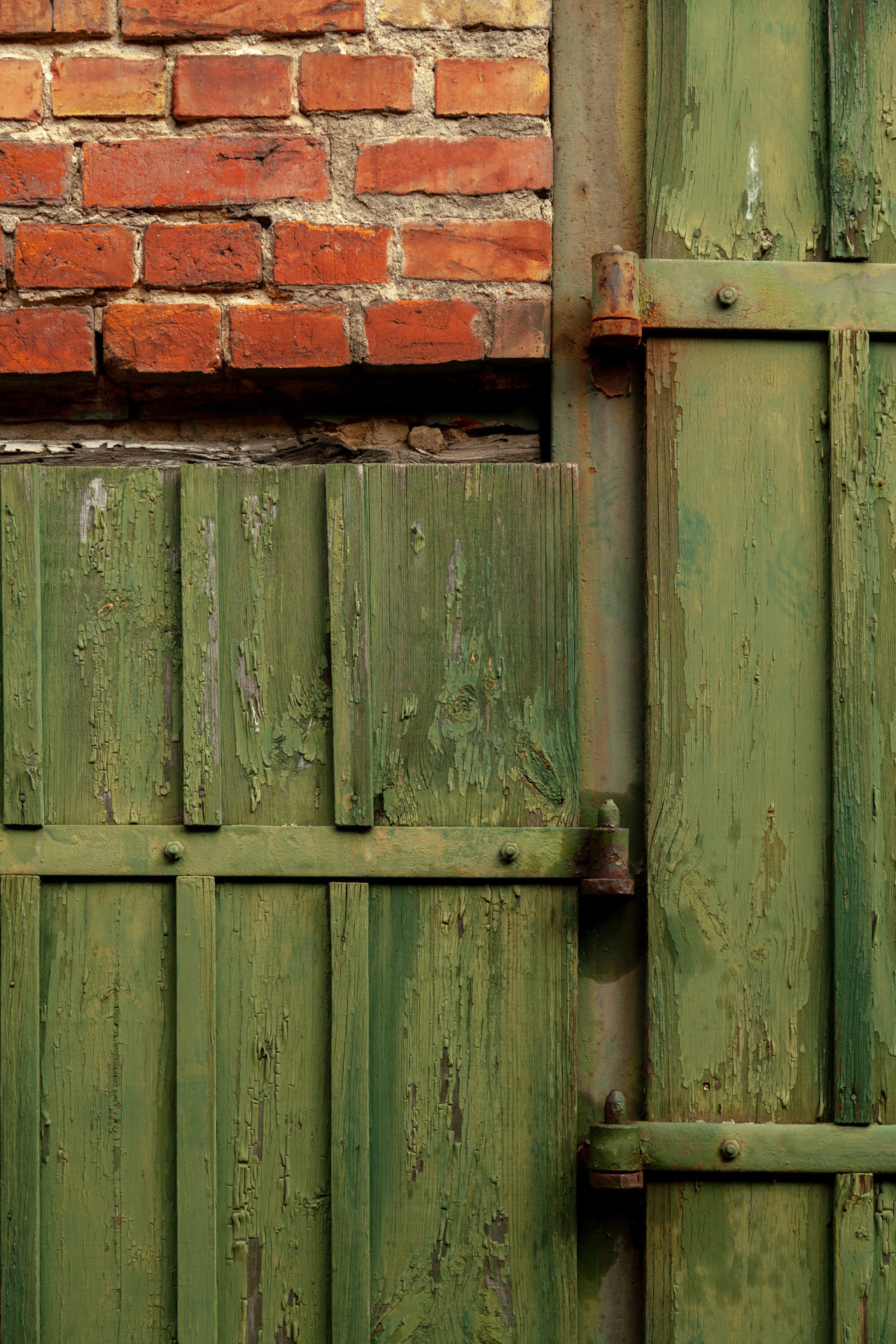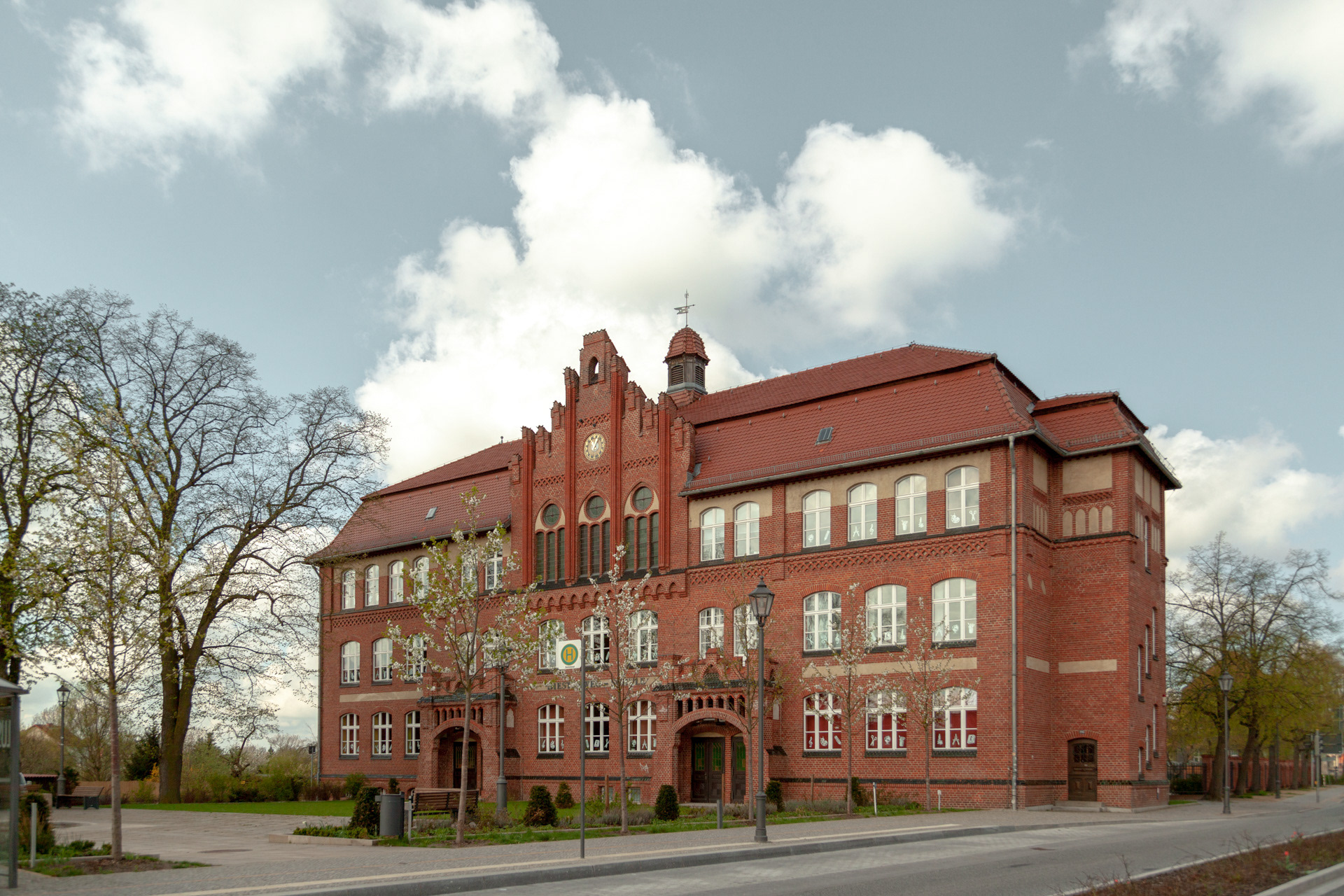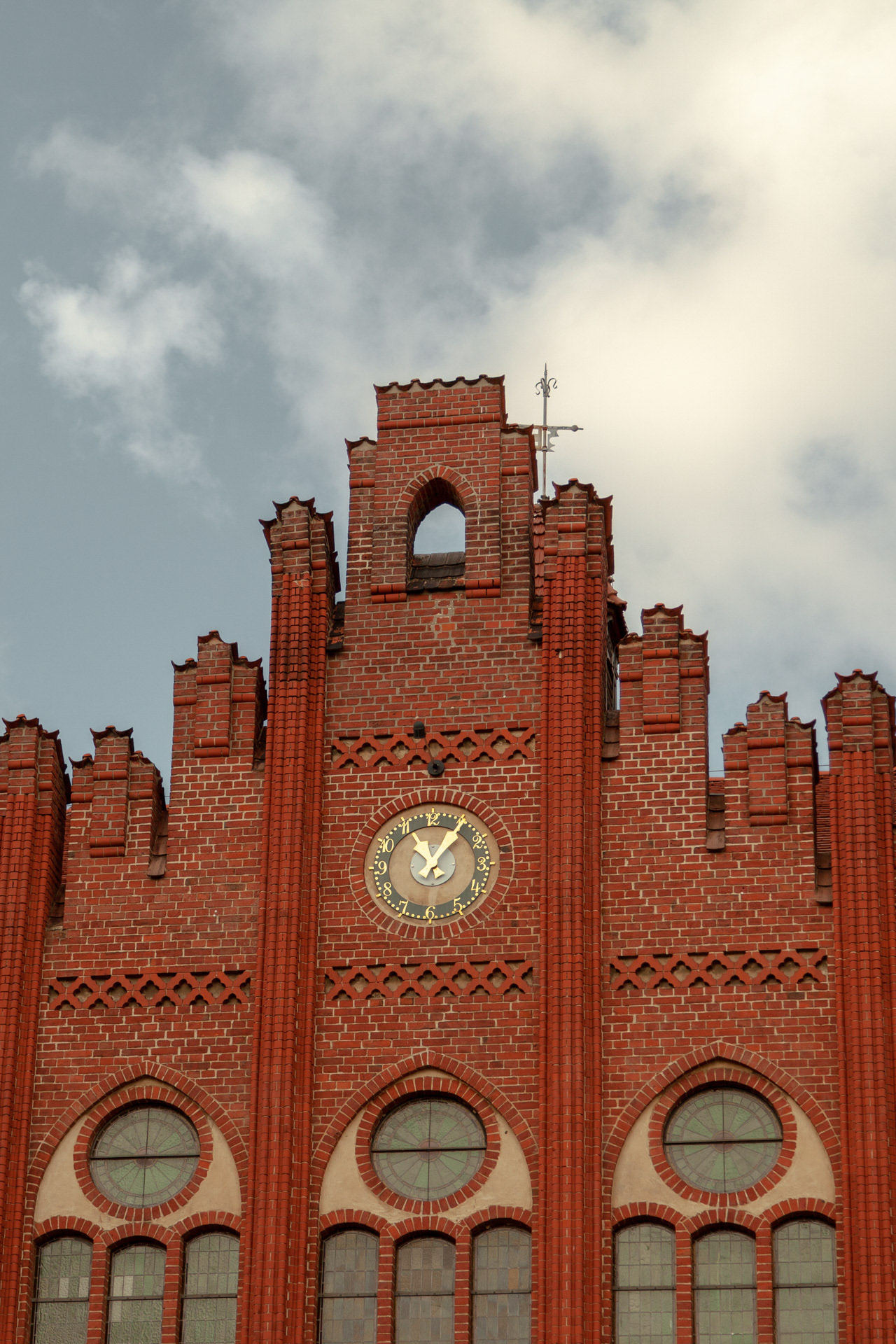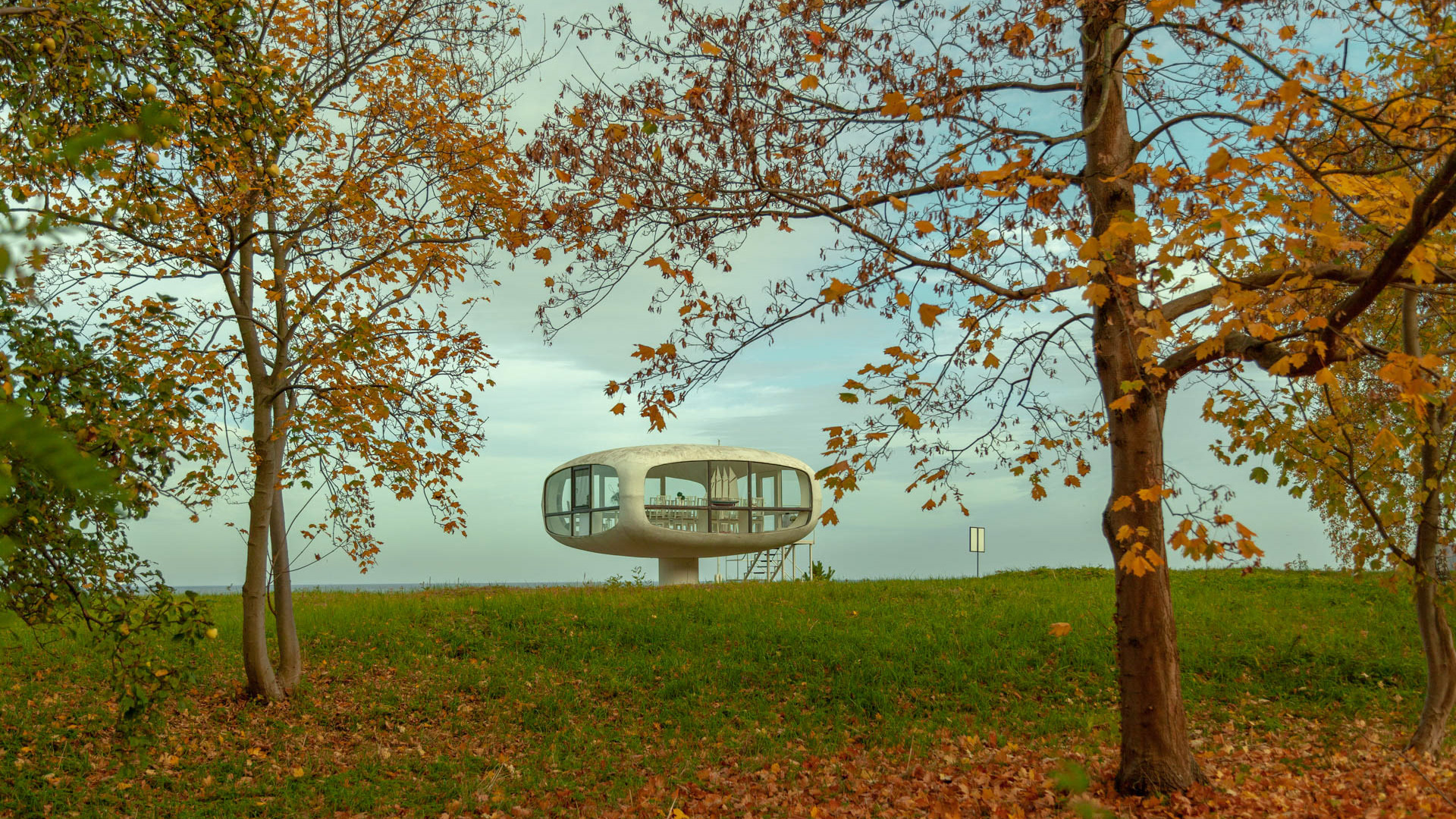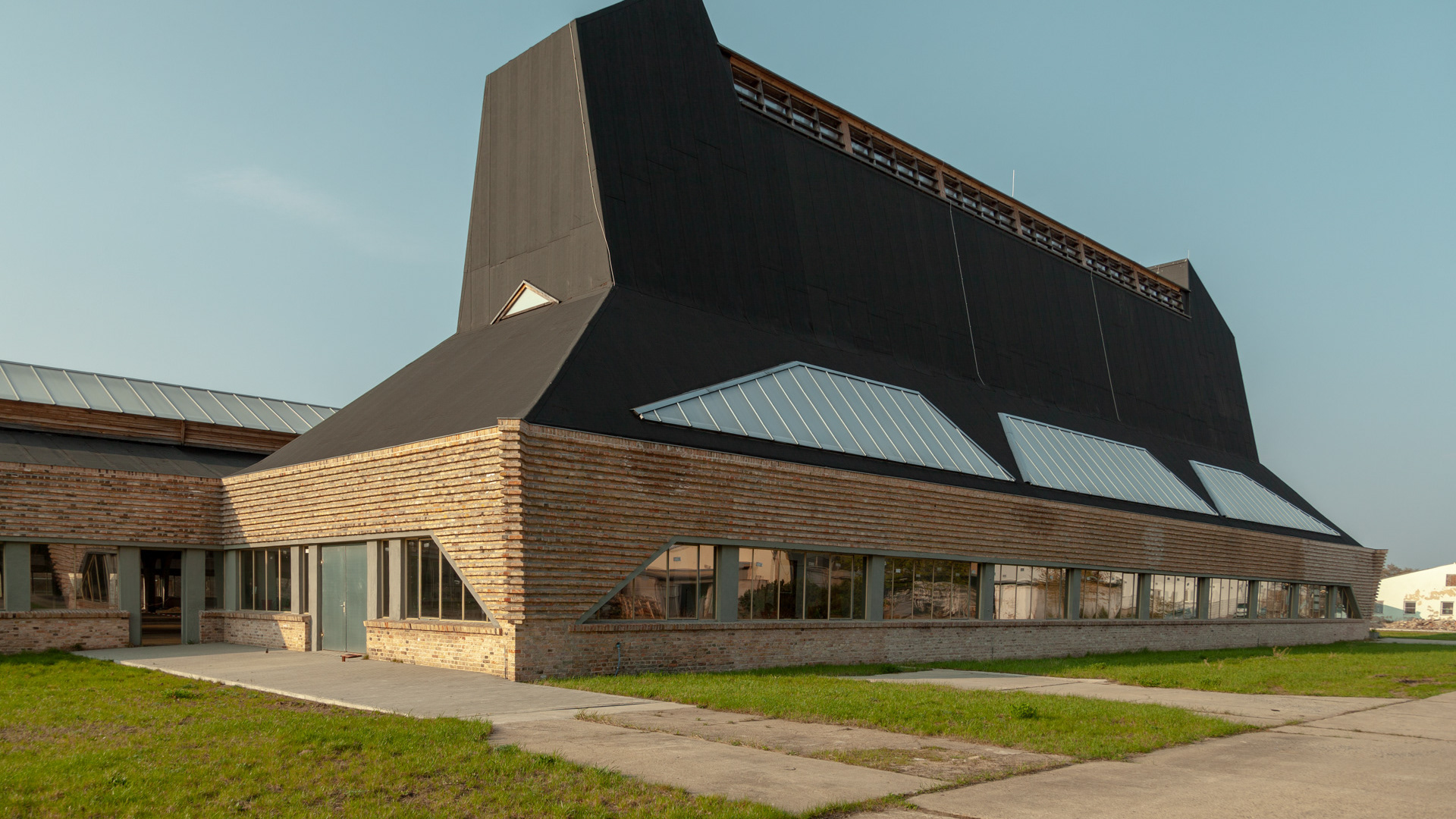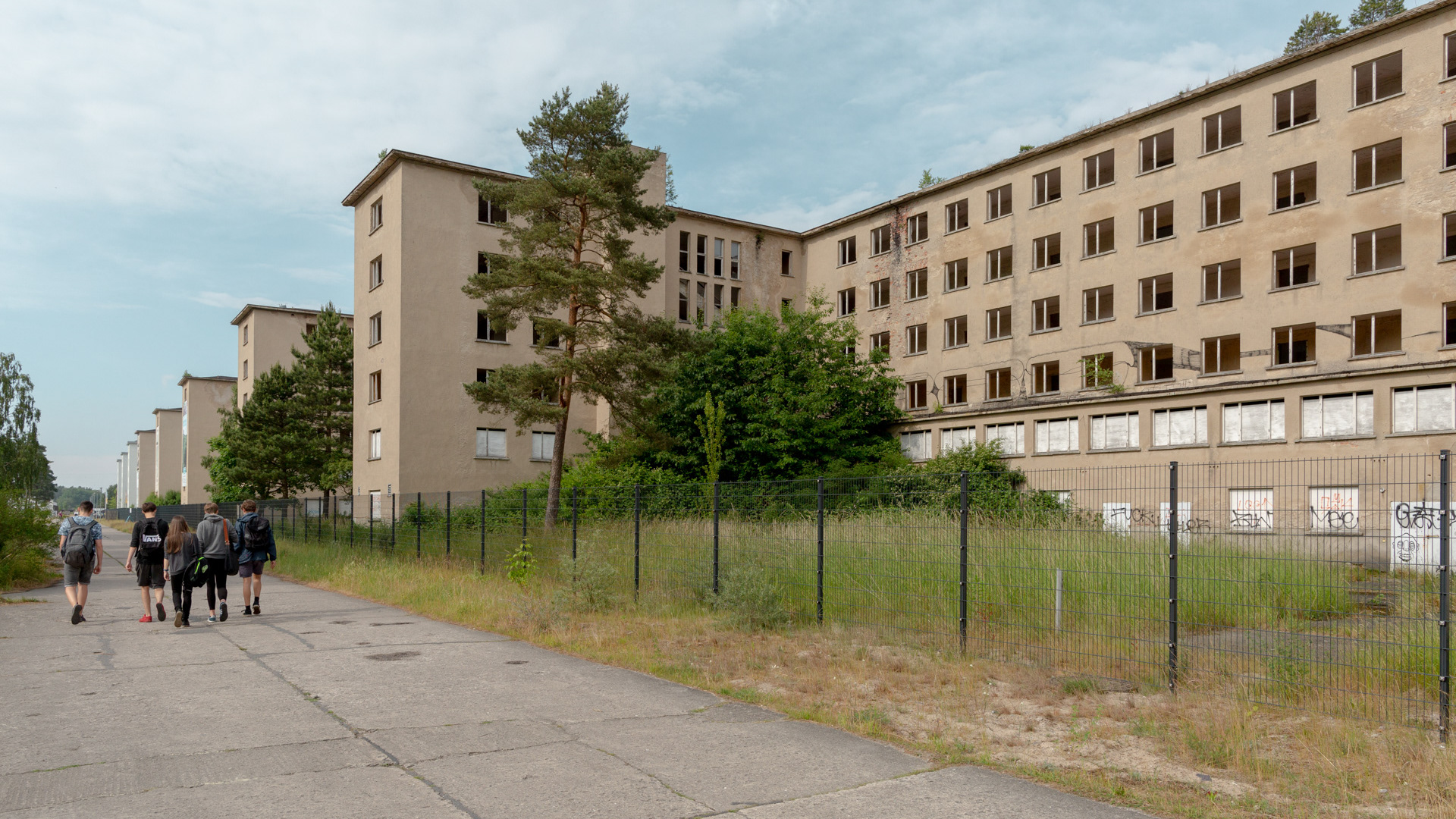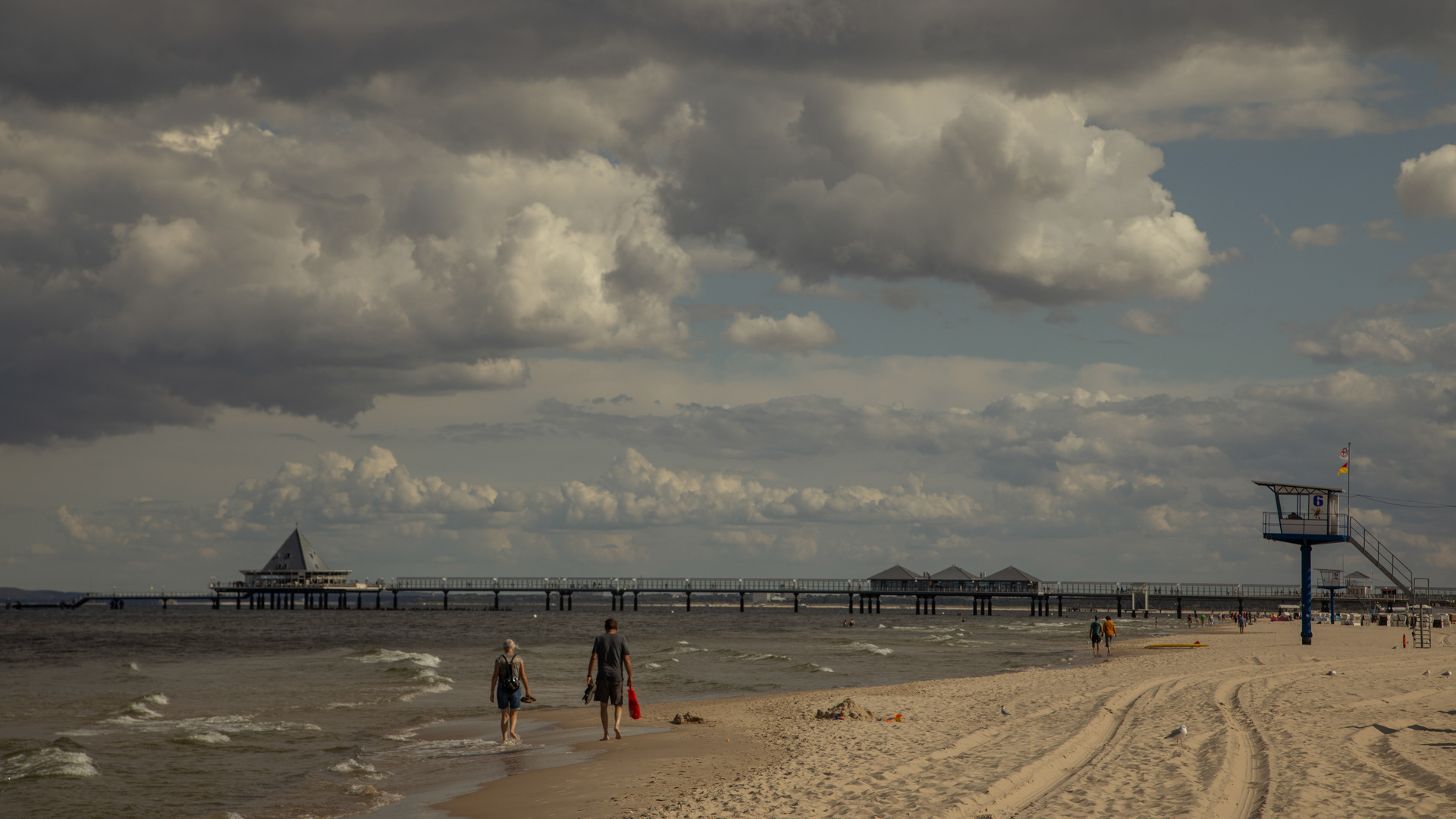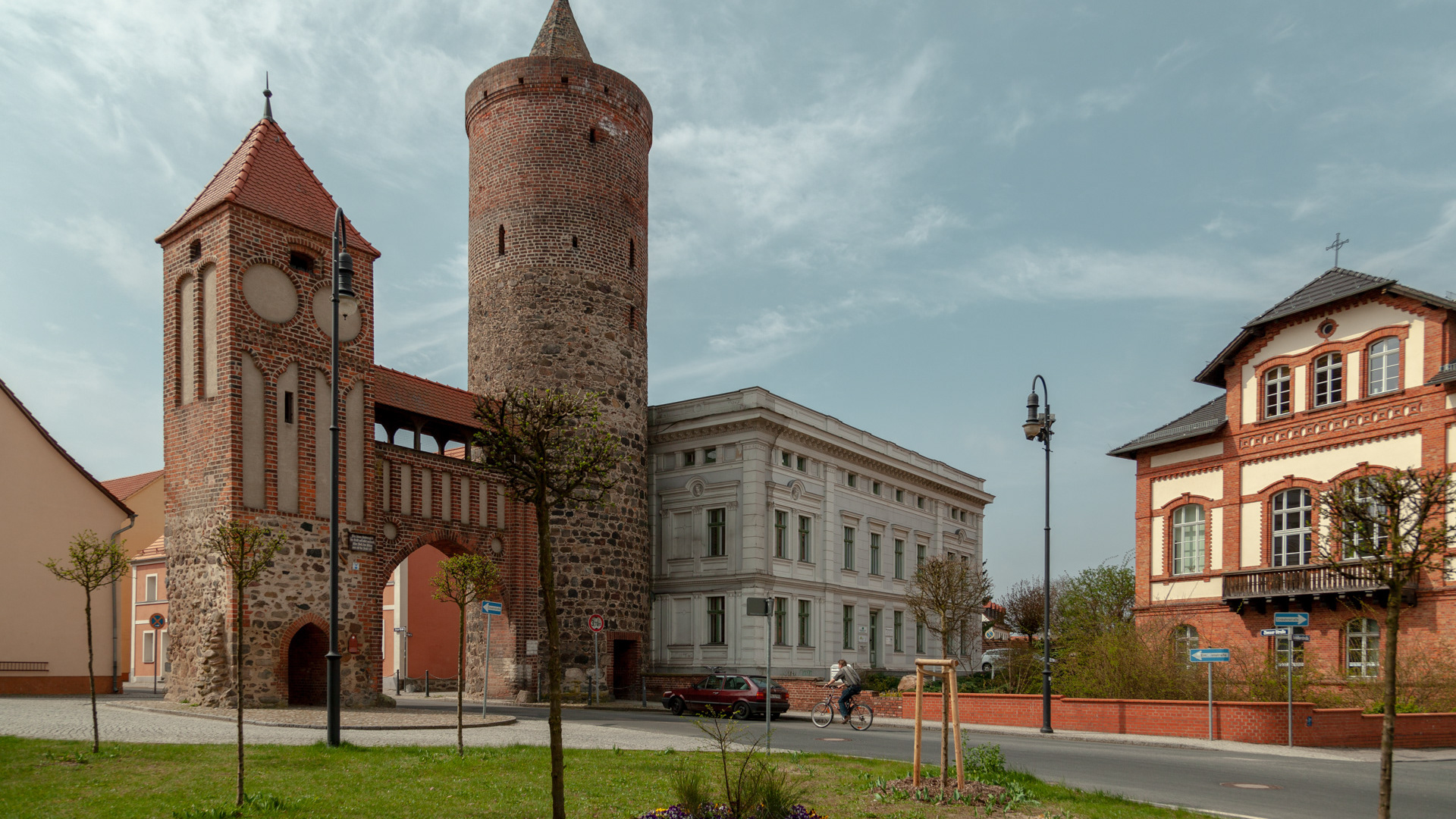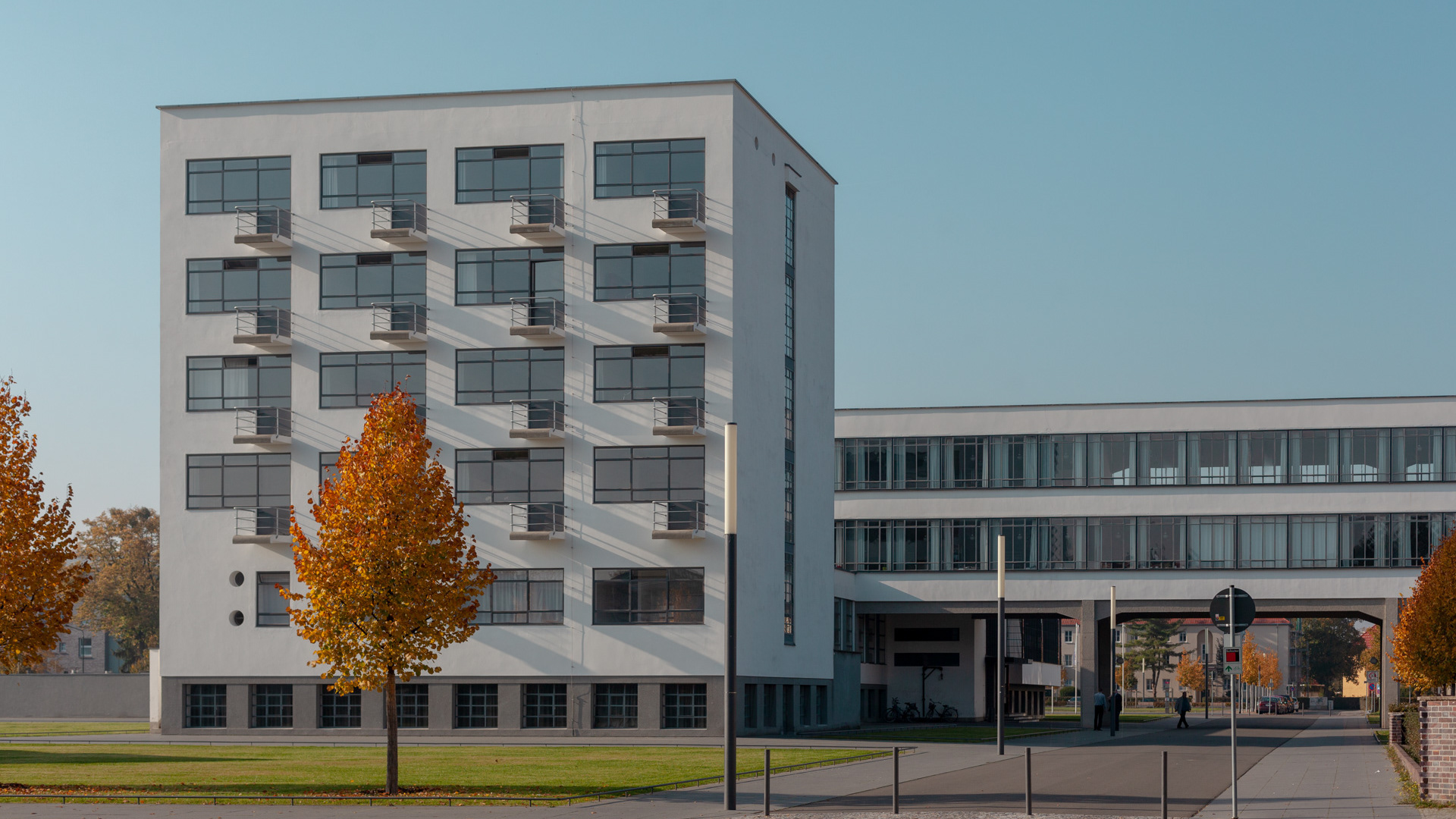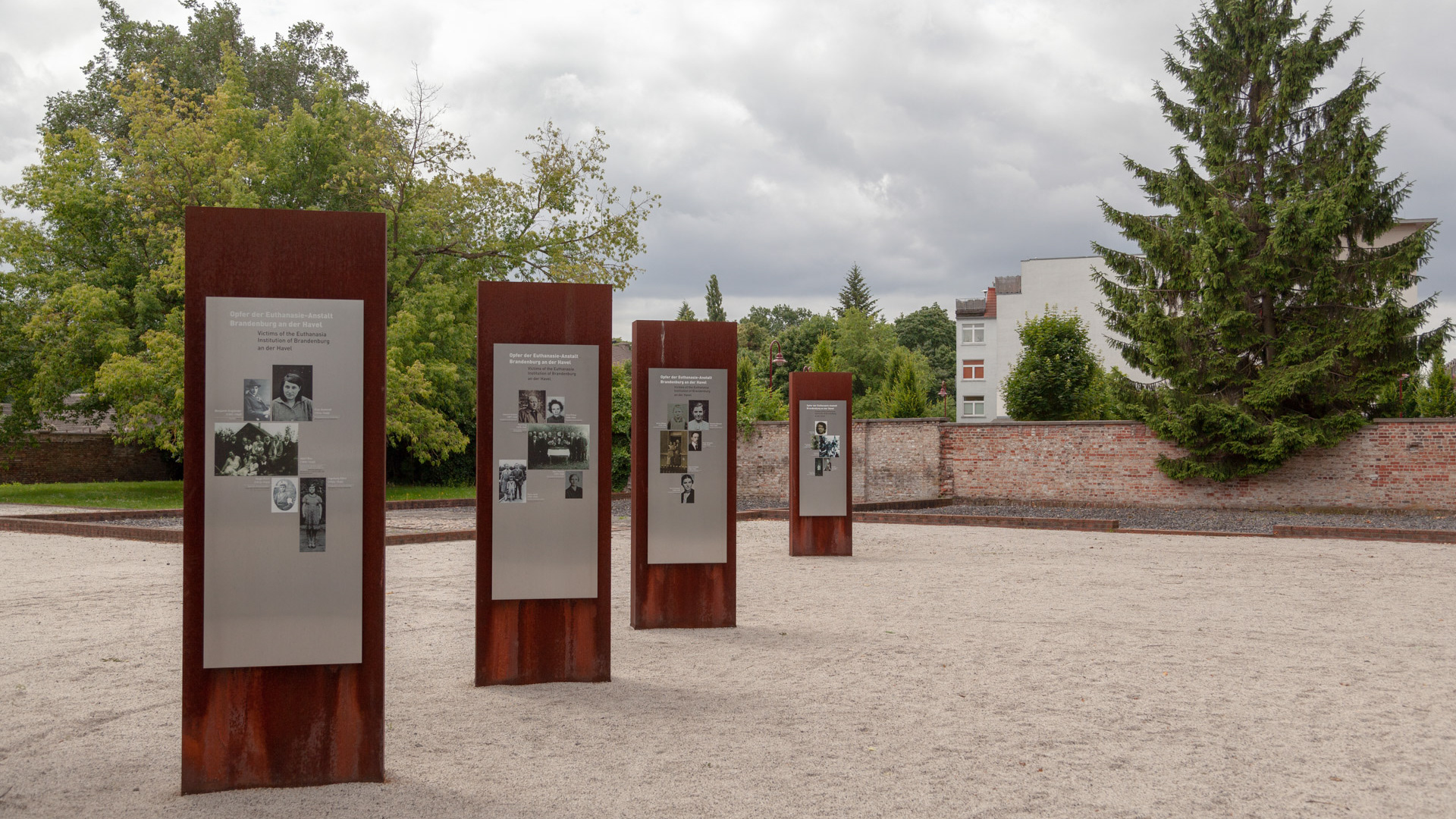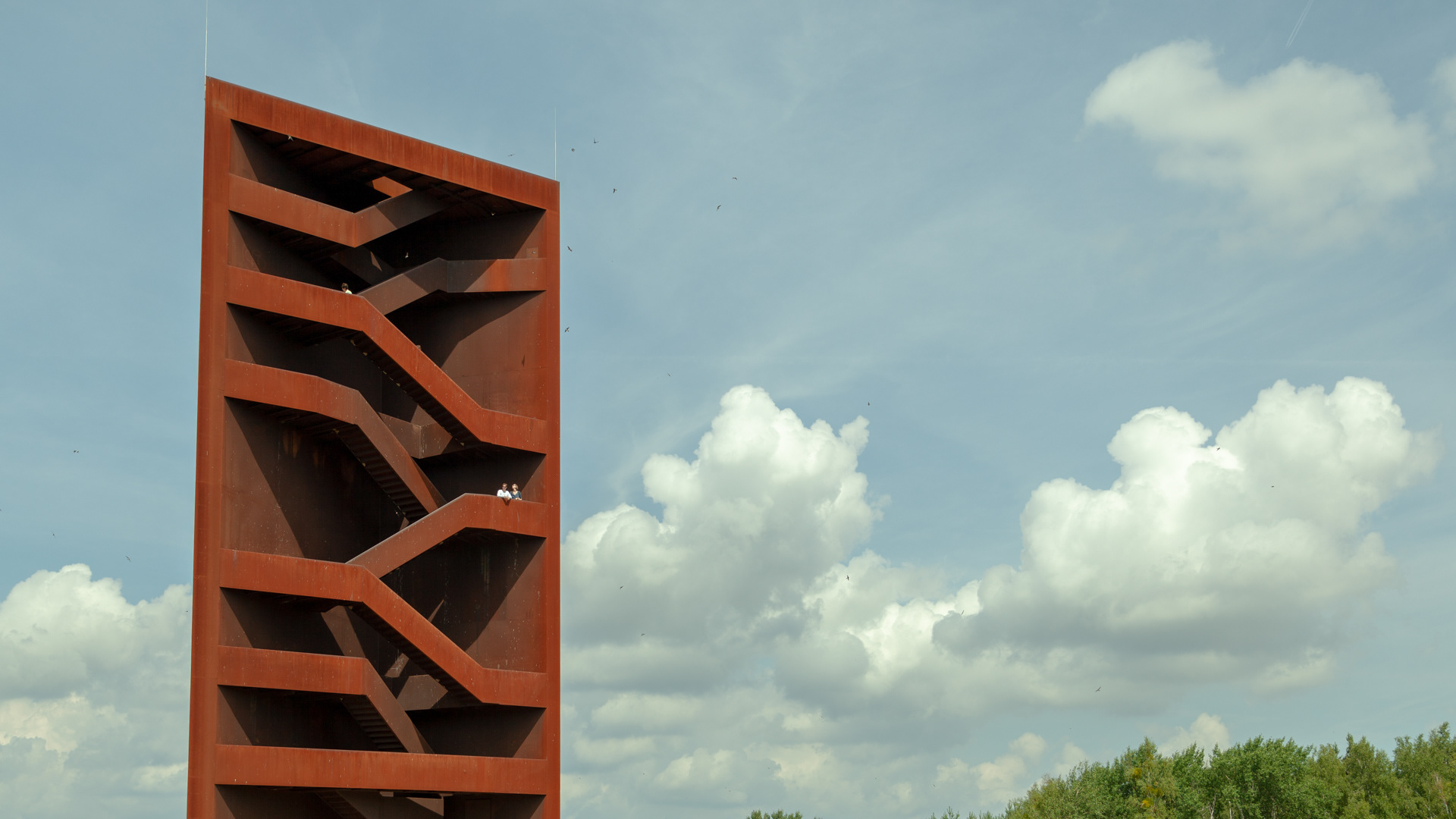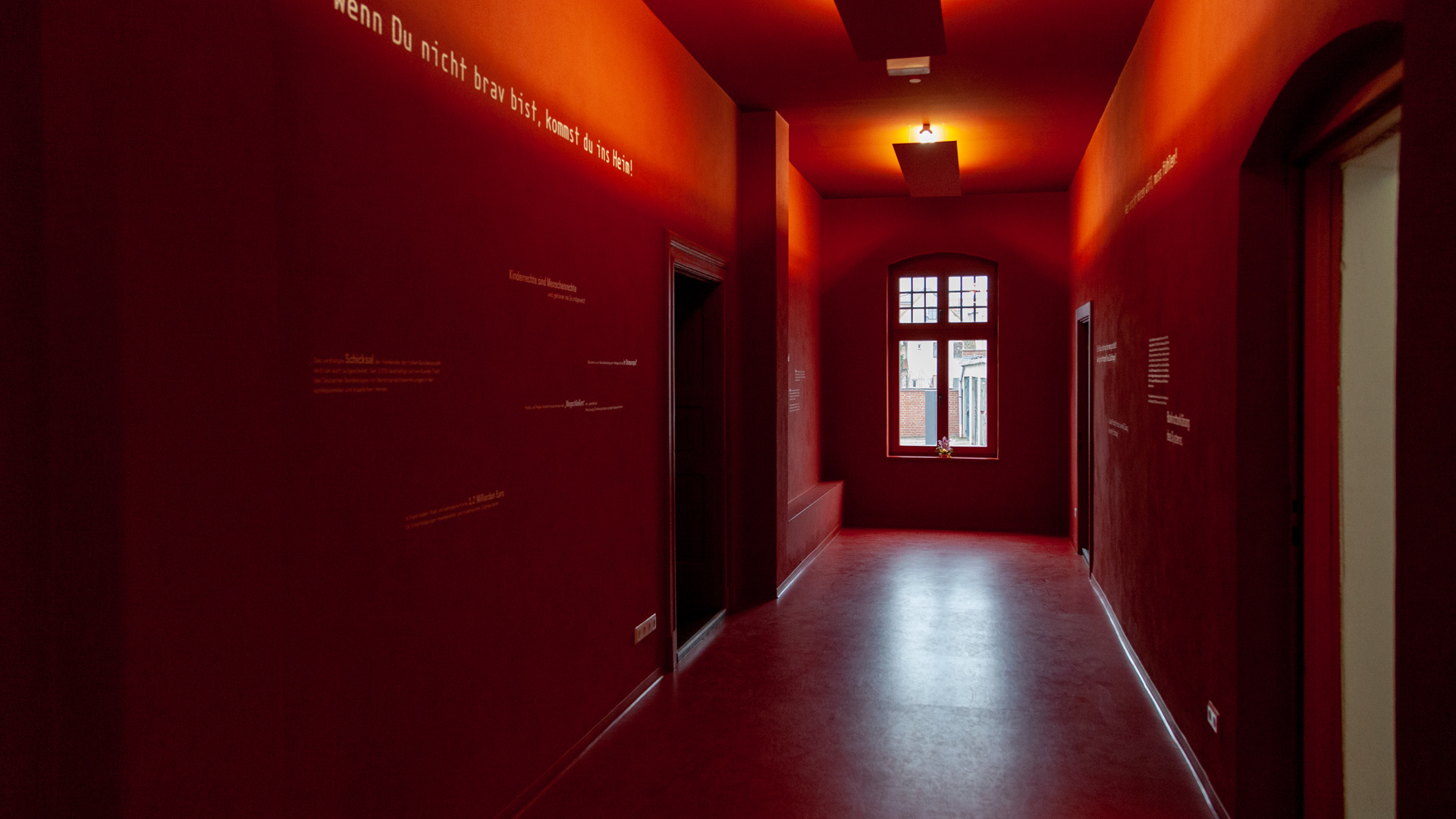Beelitz is well-known for two different things: asparagus and the abandoned hospital city Beelitz-Heilstätten Sanatorium, but it also possible to spend some time in the old medieval town of Beelitz, part of the Arbeitsgemeinschaft „Städte mit historischen Stadtkernen (like the town of Jüterbog which has been the first town we've decided to explore in this new section called Breaking the Circle).
It is situated about 18 km south of Potsdam, in a glacial sandur plain surrounded by extended pine woods.
A 997 deed by Emperor Otto III mentions a settlement with the Slavic name Belizi, though this denotation may also refer to the nearby town of Belzig. The Saint Mary and Saint Nicholas parish church was first mentioned in a 1247 report of a Jewish host desecration, and bleeding host miracle, that made Beelitz a medieval pilgrimage site. Since 1370 the host was kept in a small chapel adjacent to the church. The reason for the former name of the Judenberg (renamed Friedensberg after 1945) before the Mühlentor is not confirmed, though tradition indicates it was the site of the burning of Jews.
It is situated about 18 km south of Potsdam, in a glacial sandur plain surrounded by extended pine woods.
A 997 deed by Emperor Otto III mentions a settlement with the Slavic name Belizi, though this denotation may also refer to the nearby town of Belzig. The Saint Mary and Saint Nicholas parish church was first mentioned in a 1247 report of a Jewish host desecration, and bleeding host miracle, that made Beelitz a medieval pilgrimage site. Since 1370 the host was kept in a small chapel adjacent to the church. The reason for the former name of the Judenberg (renamed Friedensberg after 1945) before the Mühlentor is not confirmed, though tradition indicates it was the site of the burning of Jews.
